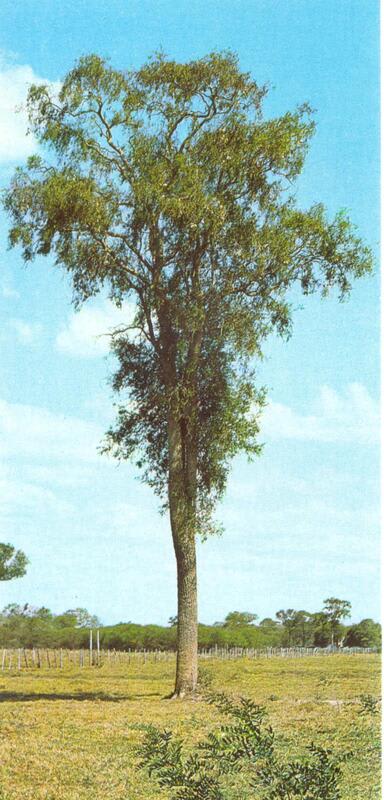
🌿 Morphology
🌞 Growing conditions
🌍 Origin and family
🌾 Uses
Warning: Despite the care taken in writing this sheet, it is essential to cross-reference sources before using or consuming any plant. When in doubt, consult a qualified professional
Permaculture uses
Quebracho blanco wood is exceptionally hard and durable, making it valuable for construction, fence posts, and tool handles. The bark contains tannins, which can be used for leather tanning. While not typically used for food, some traditional practices involve using parts of the plant medicinally. The tree's drought tolerance makes it useful in xeriscaping and arid land restoration projects.
Permapeople description
Aspidosperma quebracho-blanco, commonly known as quebracho blanco, is a South American tree species valued for its hard, durable wood and medicinal properties.
Botanical description
Aspidosperma quebracho-blanco is a South American tree species belonging to the Apocynaceae family. It typically reaches a height of 15-30 meters with a trunk diameter of up to 1 meter. The bark is thick, furrowed, and light gray to whitish in color. Leaves are simple, alternate, and lanceolate to elliptic in shape, measuring 5-12 cm long and 1-4 cm wide. Flowers are small, greenish-white, and fragrant, arranged in panicles. The fruit is a woody capsule containing numerous winged seeds. The wood is extremely dense, hard, and durable, known for its resistance to decay and insect damage.
Companion planting
No specific companion planting information readily available. Given its size and potential allelopathic properties, it's crucial to consider its impact on neighboring plants. Generally, it benefits from companion plants that enrich the soil and attract beneficial insects.
Propagation methods
Aspidosperma quebracho-blanco can be propagated by seeds. Seed germination can be improved by scarification or soaking in water prior to sowing. Cuttings are also a possible method, but success rates can vary. Root cuttings and air layering may also be successful, though less common.
History and traditions
Historically, Quebracho blanco has been prized by indigenous peoples of South America for its medicinal properties, particularly as a remedy for respiratory ailments. The bark has been used traditionally to treat asthma, bronchitis, and other lung conditions. The wood has also been a valuable resource for construction and fuel. In some cultures, the tree is considered sacred and associated with spiritual practices.
Usage calendar
Flowering occurs in spring. Seed maturation and harvesting typically take place in late summer or fall. Planting is best done during the rainy season. Pruning, if necessary, should be carried out during the dormant season (winter).
